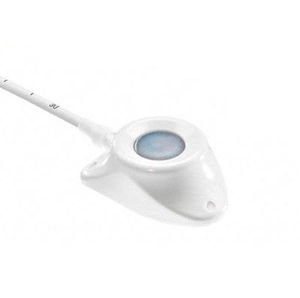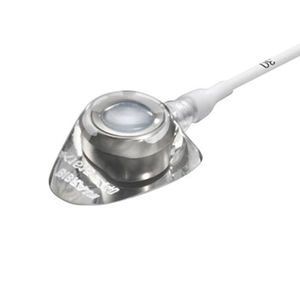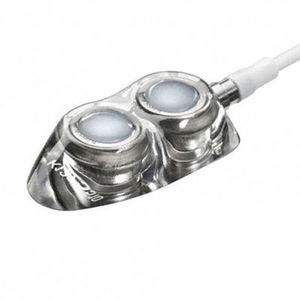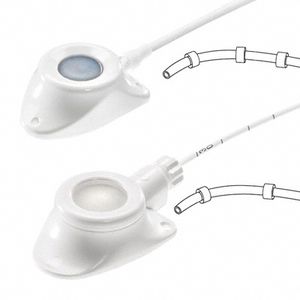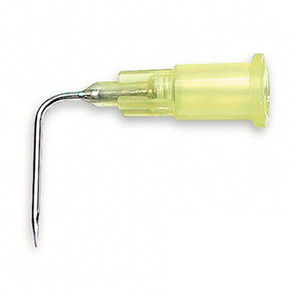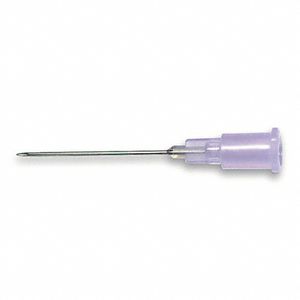
- Company
- Products
- Catalogs
- News & Trends
- Exhibitions
Implantable venous port Celsite® PSUsingle-lumenpolymer
Add to favorites
Compare this product
fo_shop_gate_exact_title
Characteristics
- Type of port
- venous
- Number of lumens
- single-lumen
- Material
- polymer
Description
Celsite® PSU
Access ports for mid to long-term venous applications
Celsite® PSU Access Port Systems are indicated for any condition that requires mid to long-term intermittent or continuous venous infusion.
They are intended to be used for repeated, intravenous administration of, for example, chemotherapy, antibiotic and anti-viral drugs, parenteral nutrition, blood sampling or transfusion.
Celsite® PSU has a polysulphone body with a titanium chamber and is high pressure resistant up to 325 PSI (22,4 bar).
Special Features
- Large range of silicone and polyurethane catheters
- Pre-connected versions available for increased reliability of connection
- High pressure resistance up to 325 PSI ( 22,4 bar)
General Features
- Anatomic design and lower profiled nose for simplified insertion and patient comfort
- Made out of lightweight polysulphone
- Titanium chamber for enhanced security
- Also available in small sizes to facilitate implantation in paediatric and underweight patients
- High density silicone septum for reliable puncture and to ensure maximum port life
- 3 suture holes to facilitate fixation of the port
- The radiopaque catheter is graduated from 5 cm in order to facilitate an easy, precise and safe implantation
- Rounded atraumatic catheter tip
- Reliable radiopaque connection ring with anti-kink protection
- MRI compatible, Latex, DEHP and PVC free
Available Implantation Technique
- Seldinger
- Braunule, Seldinger
- Over-the-wire
- Surgical cut-down
Catalogs
No catalogs are available for this product.
See all of Aesculap®‘s catalogsRelated Searches
- BBRAUN implantable port
- BBRAUN implantable single-lumen port
- BBRAUN implantable venous port
- BBRAUN implantable titanium port
- BBRAUN biopsy punch
- BBRAUN implantable polymer port
- BBRAUN bone biopsy punch
- Implantable silicone port
- Double-lumen implantable port
- Implantable intraperitoneal port
- Implantable polyurethane port
*Prices are pre-tax. They exclude delivery charges and customs duties and do not include additional charges for installation or activation options. Prices are indicative only and may vary by country, with changes to the cost of raw materials and exchange rates.







